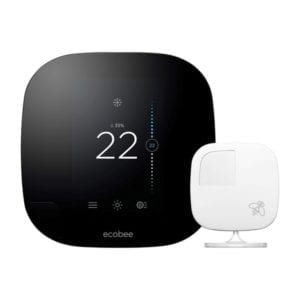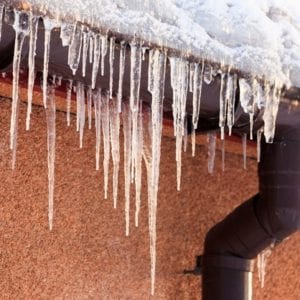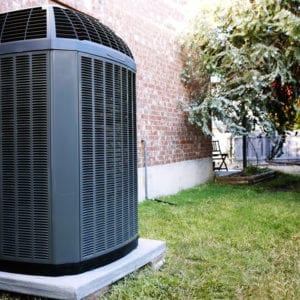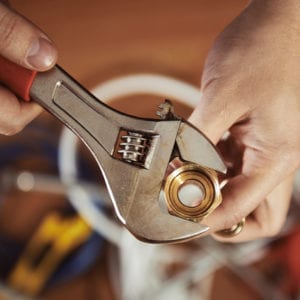5 Furnace Mistakes That Could Cost You
A furnace is a tricky piece of equipment. Most people can tell when something goes wrong, but they don’t always know how it works ‘under the hood’. Unfortunately, there are many common misconceptions about furnaces, and some can lead to inconvenient (and costly) trouble for homeowners.
Don’t be fooled — if you’re not careful, these furnace mistakes could cost you!
1. Forgetting the Air Filter
When the furnace pulls in air, it also pulls allergens, bacteria, and other airborne contaminants. The air filter is designed to stop these pesky particles from re-circulating or accumulating in your home’s ductwork.
However, a filter is not something you can install once and forget. Air filters collect a lot of dirt, and letting the furnace run on a dirty filter is a costly mistake.
A dirty air filter clogs the air intake of the furnace and impedes the flow of air. It forces the system to work harder and consume more energy, which bumps up your gas bill and takes a toll on the furnace components. We’ve seen this time and time again while performing furnace inspection in Toronto, Mississauga, Oakville, and throughout the GTA.
Fortunately, this mistake is easy to avoid! Simply clean the air filter every few months; or, in the case of a disposable filter, replace it with a fresh one.
2. Turning Up the Heat All Day, Every Day
There’s no question this winter has been a cold one. Really cold. Even so, it is rarely necessary to have the furnace running full-blast at all hours.
Think about it. Does your house sit empty for hours while you’re at work and the kids are at school? What about the time you spend asleep in bed each at night? You can save money without compromising on comfort by turning the thermostat down a few degrees during these times.
It may sound inconvenient to change the temperature so often, but it’s easy with a programmable thermostat or smart thermostat. These devices let you set the device to adjust the temperature automatically on a schedule.
3. Blocking the Heat Registers
It’s a common misconception that closing or blocking the heat registers in rooms you don’t use can help cut your energy bill. In truth, this mistake could end up costing you!
Home heating systems are designed and installed to distribute heat efficiently throughout the entire house. By restricting the flow of air to certain areas, you unintentionally raise the pressure in the system, and this extra strain can cause the furnace to wear out before its time.
4. Raising the Temperature to Warm Up Faster
Perhaps the most common myth about home heating? The notion that setting the thermostat above the desired temperature will make the house warm up faster.
Sadly, furnaces don’t work that way. While it’s tempting to turn it up to eleven on a freezing-cold day, all this will do is consume more energy.
You should instead set the thermostat to a reasonable temperature and wait it out. In the meantime, you can always find other ways to stay warm and cozy.
5. Skipping Your Annual Furnace Inspection
While some furnace issues come with clear warning signs, others are harder to spot.
A furnace can often continue to operate while its components slowly wear out and damage the system. By the time you notice a problem, you could already be in for a big repair bill!
The best way to avoid these unexpected expenses is to schedule an annual furnace inspection. A professional technician can clean or replace the air filter, check the components, and spot issues before they compromise your home heating system.
Contact us for a free quote on furnace inspection in Toronto, Oakville, Mississauga, and the rest of the Greater Toronto Area.
Image: Iopolo










